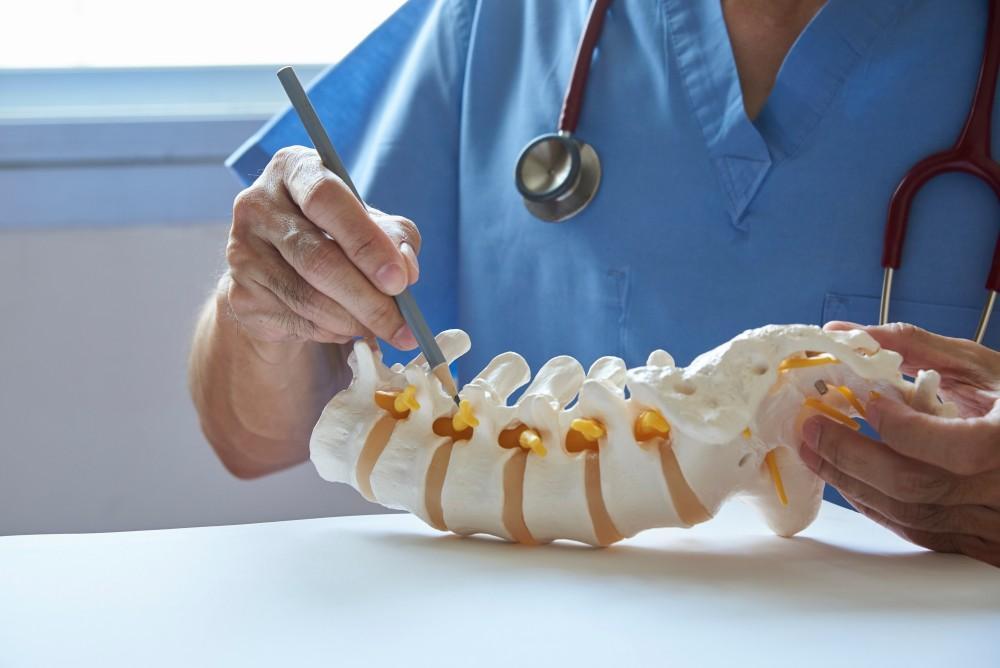
Choosing Robotic Surgery When Conservative Methods Haven't Worked

Surgery is usually the treatment option of last resort. Doctors start with conservative methods to treat illness and injury, but when they fail to produce results, surgery may become a viable choice.
At Vertrae®, board-certified neurosurgeon and neurological spine surgeon Dr. Kamal Woods and his staff specialize in using state-of-the-art surgical technologies, including robotic surgery systems. These systems allow the doctor to map out every surgical plan in great detail, improve the accuracy of each procedure, and place implants and other spinal hardware more easily, quickly, and precisely. Here’s why you should choose robotic surgery when conservative methods haven’t worked.
What is robotic surgery?
Traditionally, surgeons performed “open” procedures, those that used large incisions to access the body part to be treated. While effective, such procedures carried serious risks like blood loss and infection, and they made for a long recovery.
Then there came minimally invasive surgery. Surgeons could now perform the same procedures through smaller incisions. These procedures came with a lower risk of bleeding and infection, and a shortened recovery time.
Robotic surgery is an advanced form of minimally invasive surgery. Surgical robots are computer-controlled devices designed to help with the positioning and manipulation of surgical instruments. This allows surgeons better accuracy, flexibility, and control over the entire process.
The advantages of robotic surgery
Think about how bulky the human hand is, especially when trying to navigate small incisions. The microtechnology of robotic surgery maneuvers the small spaces easily and precisely, while still retaining a high degree of dexterity. The system, though, remains firmly in the surgeon’s control. The end result is much smoother movement with less tissue trauma.
Robotic systems give Dr. Woods access to precise imaging and navigation technologies, allowing him to plan and perform your procedure with greater accuracy and enhanced visualization. He “sees” the entire procedure in high-resolution, 3D detail before you even arrive in the OR, and intraoperative imaging affords him a detailed view of your anatomy in real-time, so he can make informed decisions during the procedure’s execution.
This comprehensive technology enables Dr. Woods to:
- Use minimally invasive procedures
- Increase accuracy, especially for procedures such as screw placement that must be precisely targeted
- Potentially reduce the rate of surgical revision
Some of the many spinal procedures Dr. Woods performs with robotic surgery include:
- Balloon kyphoplasty for spinal fractures
- Bone spur removal
- Bone grafting
- Herniated disc replacement or repair
- Vertebral fusion
Dr. Woods works in tandem with the robot assistant throughout every procedure to ensure it follows his pre-surgery plan precisely and responds to any unexpected event appropriately.
When conservative methods don’t work
Dr. Woods always starts treatment for conditions like bulging and herniated discs, spinal arthritis, and spinal stenosis (narrowing of the spinal canal) with conservative therapies such as anti-inflammatory medication, physical therapy, and steroid injections; but these aren’t always successful.
Whether you’re a good candidate for robotic surgery or not depends on your medical history, the severity of your symptoms, what your imaging tests reveal, and the results of a physical exam. Once Dr. Woods has all the relevant information about your case, he discusses the possibility of robotic surgery with you to take treatment to the next level and relieve your pain.
If you’re having spinal issues and aren’t getting relief from conservative treatments, it’s time to come into Vertrae for a consultation with Dr. Woods. Give our office a call at either our Dayton or Springfield location, or book online with us today.
You Might Also Enjoy...


4 Benefits of Outpatient Spine Surgery

Am I a Candidate for Kyphoplasty?

Pulled Muscle vs. Pinched Nerve: What's the Difference?

4 Subtle Signs of Sciatica

